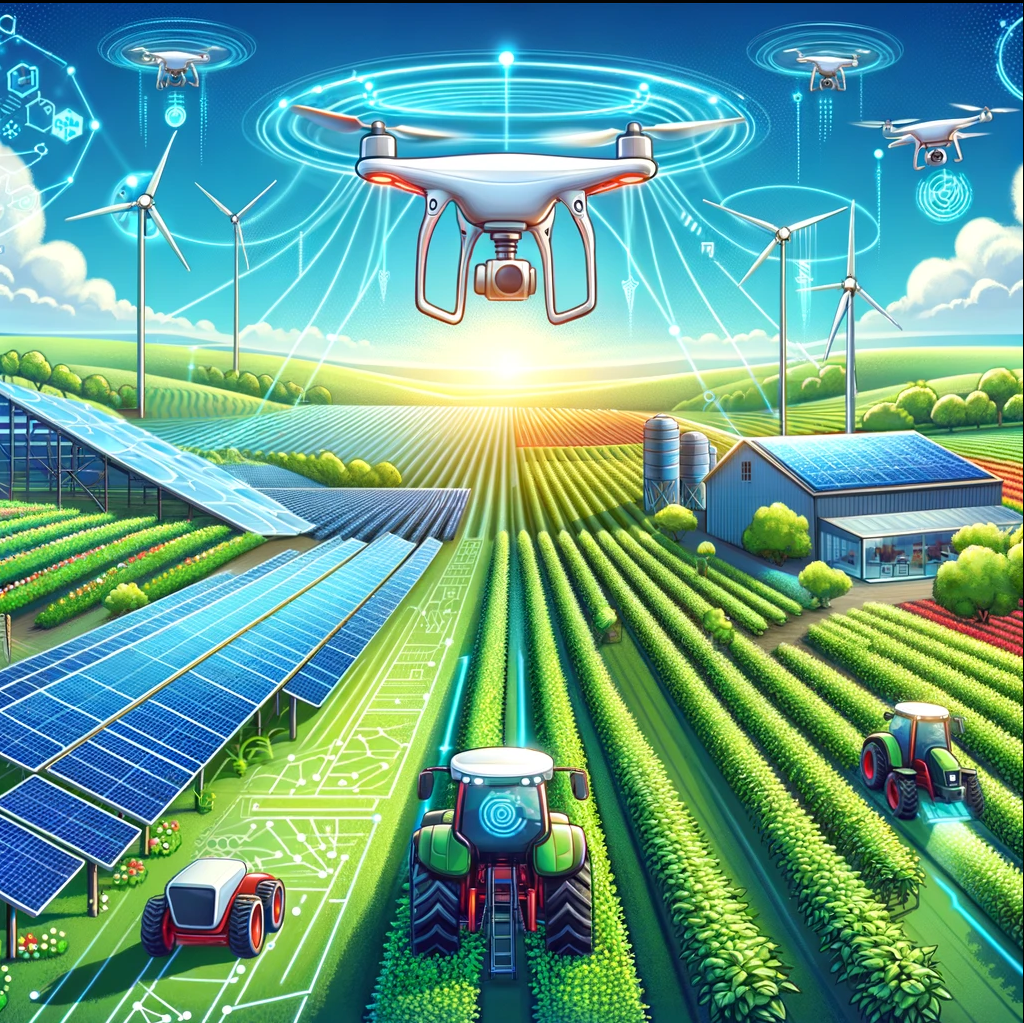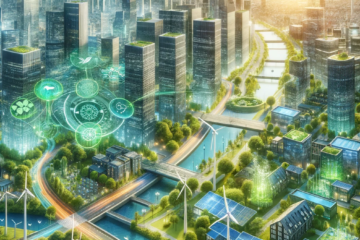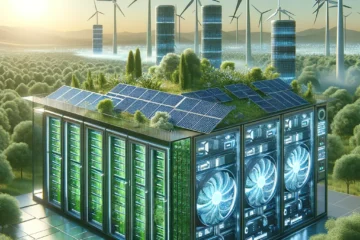In the quest for sustainability and efficiency, the agricultural sector is undergoing a transformation. Driven by technological advancements and the urgent need for renewable energy sources, smart agriculture has emerged as a beacon of hope. This article delves into how innovative technologies not only promise to enhance crop yields but also significantly reduce waste, embodying the principles of green technology.
The Essence of Smart Agriculture
At the heart of smart agriculture lies the integration of information and communication technology (ICT) into farming practices. This approach is not just about automating routine tasks; it’s a comprehensive strategy to make farming more precise, efficient, and productive. By harnessing data analytics and IoT devices, farmers can make informed decisions that lead to optimized resource use and increased crop yields.
Data-Driven Decisions
Smart agriculture transforms vast amounts of data into actionable insights. Sensors deployed across fields monitor soil moisture, temperature, and nutrient levels in real-time. This information, coupled with weather forecasts and plant health indicators, allows for precise irrigation, fertilization, and pest control measures.
Precision Farming Practices
The concept of precision farming is central to smart agriculture. It involves the precise application of water, fertilizers, and pesticides, tailored to the needs of specific crop zones. This not only boosts crop yields but also minimizes environmental impact by reducing runoff and chemical use.
Renewable Energy Integration
Renewable energy sources, such as solar and wind, are increasingly powering smart farming operations. Solar-powered irrigation systems and drones for crop monitoring are examples of how clean energy is being integrated into agricultural practices, reducing the carbon footprint of farming.
Technological Innovations Shaping Smart Agriculture
Innovation is the driving force behind the efficiency and effectiveness of smart agriculture. Cutting-edge technologies, from artificial intelligence (AI) to blockchain, are being leveraged to optimize agricultural practices and supply chains.
AI and Machine Learning
AI and machine learning algorithms analyze data from various sources to predict optimal planting times, identify disease outbreaks, and recommend crop rotation strategies. These technologies enable farmers to maximize yields while minimizing resource use.
Drones and Autonomous Vehicles
Drones and autonomous vehicles offer unprecedented perspectives on crop health and soil conditions. Drones equipped with multispectral imaging cameras can detect pest infestations and nutrient deficiencies early on, while autonomous tractors and harvesters streamline field operations.
Blockchain for Traceability
Blockchain technology ensures transparency and traceability in the agricultural supply chain. By securely recording transactions and product movements, blockchain facilitates the tracking of produce from farm to table, enhancing food safety and quality assurance.
Sustainability Through Waste Reduction
Smart agriculture plays a crucial role in sustainability by significantly reducing waste at every stage of the farming process. From precision farming to advanced storage solutions, technology is minimizing losses and maximizing efficiency.
Minimizing Input Waste
By precisely applying water, fertilizers, and pesticides, smart farming methods drastically cut down on waste and environmental pollution. This precision ensures that crops receive exactly what they need, when they need it, avoiding excess and runoff.
Enhancing Post-Harvest Management
Technological solutions extend beyond the field, improving post-harvest management through better storage and transportation methods. IoT sensors monitor temperature and humidity in storage facilities, reducing spoilage and extending the shelf life of produce.
Circular Economy and Resource Recycling
Smart agriculture fosters a circular economy by promoting the recycling of agricultural waste into bioenergy and organic fertilizers. This not only provides renewable energy sources but also returns nutrients to the soil, closing the loop in agricultural ecosystems.
The Future of Farming: Challenges and Opportunities
As we look towards the future, smart agriculture presents both challenges and opportunities. The high initial investment in technology and the need for digital literacy among farmers are significant hurdles. However, the potential benefits in terms of increased productivity, sustainability, and environmental protection offer compelling reasons to overcome these challenges.
Bridging the Digital Divide
Efforts to bridge the digital divide and provide farmers with the necessary skills and resources are crucial for the widespread adoption of smart agriculture. Training programs and government incentives can play a significant role in this transition.
Leveraging Global Cooperation
The success of smart agriculture also hinges on global cooperation. Sharing knowledge, technologies, and best practices across borders can accelerate progress and ensure that the benefits of smart farming reach every corner of the globe.
Adapting to Climate Change
Finally, smart agriculture offers a promising pathway to adapt to and mitigate the effects of climate change. By optimizing resource use and reducing greenhouse gas emissions, smart farming practices contribute to a more sustainable and resilient agricultural sector.
Conclusion
Smart agriculture represents a paradigm shift in how we approach farming and food production. By integrating technology into agricultural practices, we can achieve higher crop yields, reduce waste, and promote sustainability. As we continue to face global challenges such as population growth, climate change, and resource scarcity, the adoption of smart agriculture becomes not just an option but a necessity. The future of farming is smart, and it promises a world where agriculture is productive, sustainable, and in harmony with the environment.




